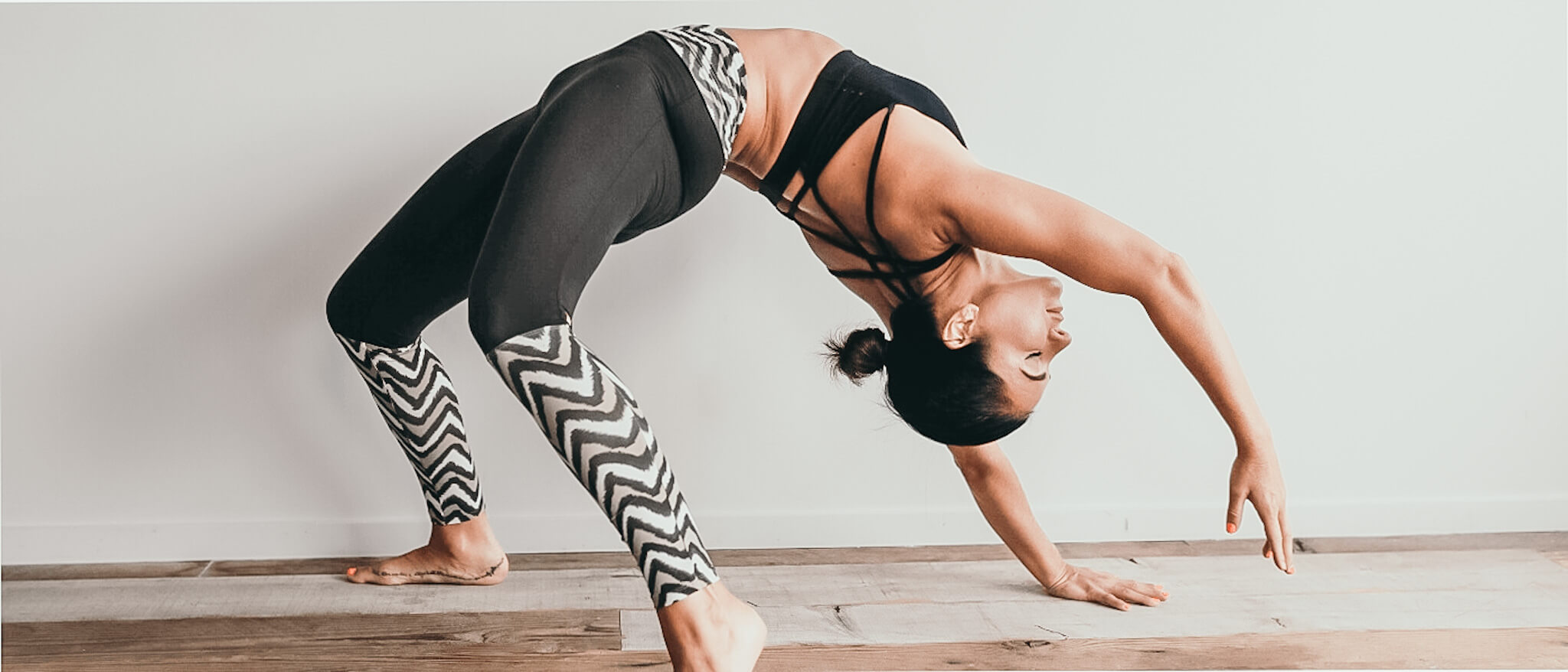tips for improving your indoor air quality

improving indoor air quality at home
We have all heard the news reports many times: our skies are polluted, and city air is unhealthy. What most of us don’t know, however, is that often indoor air is also unhealthy. The EPA has found that levels of pollution indoors can be even higher than outdoors. Since most people spend the bulk of their time indoors, the risk of health problems can increase dramatically if we are unaware of how to protect ourselves.
Poor Indoor Air Quality (IAQ) causes health issues
Some of the most common health complaints that can be linked to poor Indoor Air Quality (IAQ) are respiratory problems, headaches, fatigue, rashes and eye irritation. These can lead to more serious problems down the road if the exposure to contaminants is not controlled. Unhealthy IAQ is caused by contaminants that come primarily from building materials, furnishings, pesticides, paints, cleaning agents, and personal care products. Since our homes are filled with these irritants, it is hard to pinpoint which ones may be causing immediate problems.
If we begin to eliminate some of them, we may have healthier lives over the long term. Many household cleaners contain toxins. As you deplete your current supply, replace them with only environmentally safe products. They are widely available now in grocery or health food stores.
Lighting a candle is a popular way to relax, but some candles actually burn cleaner than others. Lead wicks contain toxins, and long wicks produce soot that can irritate the respiratory system. One way to avoid this is to keep the wicks trimmed to 1⁄4 inch. Many candles are made from paraffin, which is an oil-refinery product. Candles made from beeswax or soy put fewer toxins into the air.
Also Read>>> More in our Living Green Section
Carpets may give off vapors that are considered toxic. Known as volatile organic compounds, VOCs are often described as the strong “new smell” which may cause some people discomfort. Carpet adhesives may also be harmful. If you are especially sensitive to the smell, leave your home during and right after carpet installation.
Open windows and use fans for at least 48 hours following installation to increase the fresh air indoors, and decrease the concentration of chemicals released from the carpet. Provide mats so dirt and pesticides are not tracked in and onto your carpet. You can find both carpets and adhesives that don’t contain these harmful by-products. If you are purchasing carpet, look for the Carpet and Rug Institute’s Green Label. These selections meet the low-emitting criteria for IAQ standards.
Decrease the amount of clothing you buy that needs dry cleaning. Clothes that have been dry-cleaned contain toxic solvents, which have been known to cause health problems. Don’t buy fragrant dryer sheets. They coat clothing with a layer of chemicals that come into contact with your skin. There are a number of organically-based and chemical free dry cleaning services appearing in many cities. Check your area to see if there are any environmentally-friendly dry cleaners near you.
Unfortunately, some of our toiletries and their scents can also cause unhealthy IAQ. These products can trigger allergic reactions and asthma attacks. Since solvents such as acetone in nail polish evaporate quickly, they also get into the air and our lungs easily. This is especially true if the solvent is sprayed or misted on with an aerosol can. Use non-aerosol antiperspirants such as solid or roll-ons. Buy products that are unscented.
Consider eliminating pesticides in your home and in your yard as well, because they are tracked into your home on your shoes. There are many healthier ways to deal with pests. Always try non-chemical methods first, like traps. Investigate biological ways of controlling garden pests. Reduce termite infestation by getting rid of wood that comes into contact with your soil. To get rid of ants, keep counters, floors and pet feeding areas clean. Follow the ant trail and caulk openings where the ants enter the house.
To Depart
If we begin to think about cleaning the air in our homes, we can reduce some of our unhealthy indoor air quality. Your home will be cleaner and safer. There are many other products in our homes that have toxins that we may not be aware of.
Log onto the web and you will find hundreds of resources about this topic. With a little effort we can be proactive in eliminating some of the toxins from our home and start to enjoy healthier lives.



